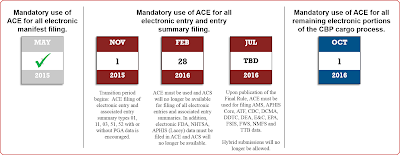Charge the Weapon and Change the Toner!
I have been sitting on Xerox Corp. v. United States while I try to take care of meaningful client work. Thank you clients for another year of interesting and rewarding work. I am always honored to be given the opportunity to work with some great companies and individuals. [There may be spoilers in the links below. There are none in the text. Go down those rabbit holes at your peril.] I am irrationally happy to say that saw Star Wars: The Force Awakens this weekend. It made me very happy to re-live being 14 years old, at least for a while. I am also very pleased to say that the reboot did not screw anything up. It has almost exactly the look and feel of the original trilogy, is a bit funnier, and moves at a great pace. Now, if they don't turn Star Trek into the Fast and the Furious, I will continue to be nerdishly happy. I am, however, starting to lose enthusiasm for Batman vs. Superman , which they better not screw up. [Shaking fist at heaven.] That said, I am now abo...
